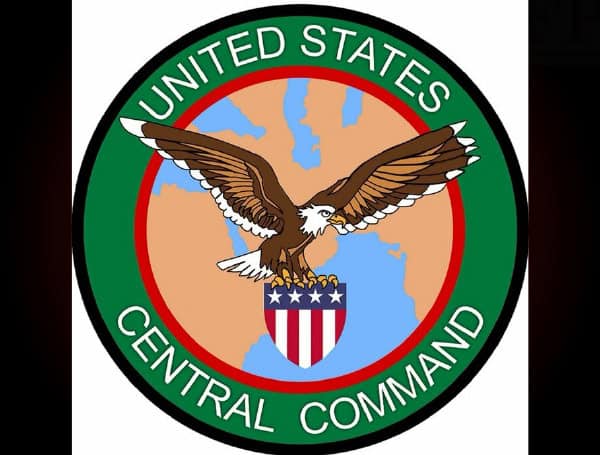US Central Command U.S. Central Command (CENTCOM) forces successfully neutralized an Iranian-backed Houthi surface-to-air missile and radar system
U.S. Central Command (CENTCOM) forces successfully neutralized an Iranian-backed Houthi surface-to-air missile and radar system in Yemen within the last 24 hours.
The action was taken in response to the system posing a direct threat to U.S., coalition, and merchant vessels in the region.
This operation aims to safeguard freedom of navigation and enhance the safety and security of international waters, according to CENTCOM.
Read: China Raises Concerns Over U.S. Missile Deployment In Philippines, Citing Regional Stability Risks
CENTCOM employs a comprehensive strategy to monitor and address threats to international waters, particularly in its area of responsibility which includes some of the world’s most strategically vital maritime corridors such as the Persian Gulf, Red Sea, and parts of the Arabian Sea. Here’s how they typically manage these efforts:
- Surveillance and Intelligence Gathering: CENTCOM uses a variety of assets to monitor maritime areas, including satellites, aircraft, drones, and naval vessels. These tools gather intelligence on ship movements, potential maritime threats, and any irregular activities that could indicate a threat to navigation.
- Coalition and Partnership Building: CENTCOM works closely with allies and regional partners to enhance maritime security. This includes sharing intelligence, conducting joint exercises, and coordinating naval patrols to ensure a collective security effort that benefits all involved nations.
- Naval Presence: Maintaining a strong naval presence in key strategic waterways is another method. This includes deploying aircraft carriers, destroyers, and other naval vessels which serve as a deterrent against aggressive actions and ensure quick response capabilities to emerging threats.
- Interdiction and Response Operations: When threats are identified, CENTCOM has the capability to conduct interdiction operations to neutralize threats. This could involve disabling maritime threats like missile systems, intercepting and boarding potentially hostile vessels, or responding to piracy and terrorism incidents.
- Engagement with Commercial Shipping: CENTCOM also works with the commercial shipping industry to enhance their awareness and preparedness against threats. This includes advising on best security practices and providing timely intelligence to help them avoid dangerous areas.
- Legal and Regulatory Support: Ensuring compliance with international laws and norms is crucial. CENTCOM often works in a supportive role with international bodies like the International Maritime Organization to promote the enforcement of laws that protect freedom of navigation.
Through these combined efforts, CENTCOM is crucial in safeguarding international waters in its command area, promoting stability and security in some of the world’s most critical maritime environments.
Please make a small donation to the Tampa Free Press to help sustain independent journalism. Your contribution enables us to continue delivering high-quality, local, and national news coverage.
Android Users: Download our free app to stay up-to-date on the latest news.
Connect with us: Follow the Tampa Free Press on Facebook and Twitter for breaking news and updates.
Sign up: Subscribe to our free newsletter for a curated selection of top stories delivered straight to your inbox.

